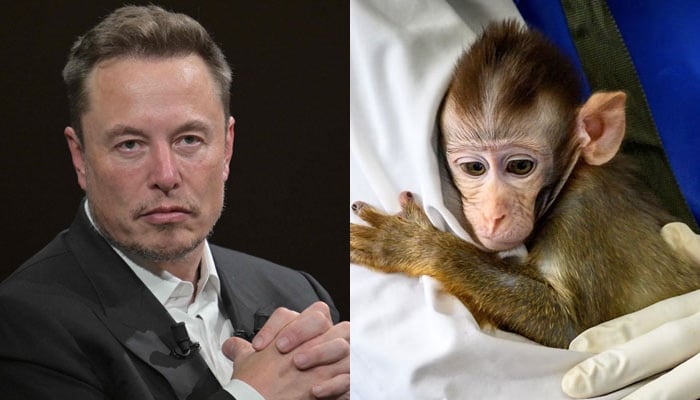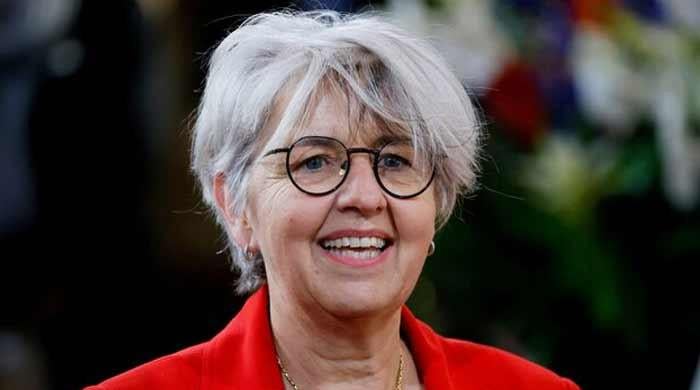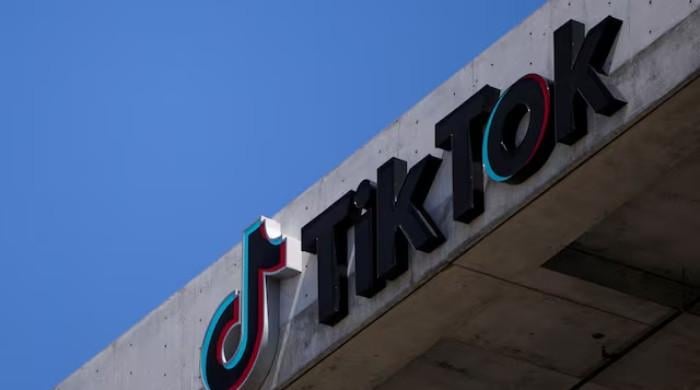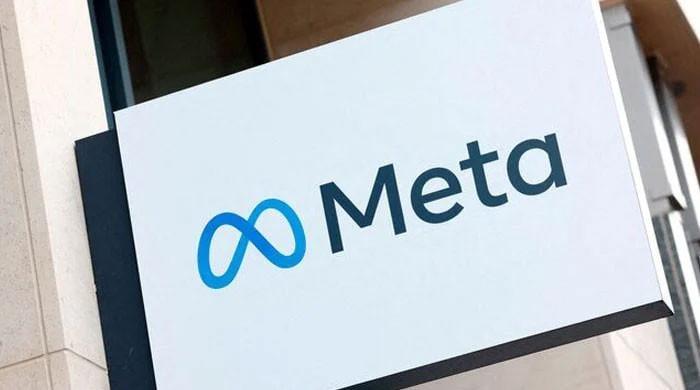Is Elon Musk's Neuralink killing monkeys for his brain-chip project?
Documents reveal monkeys had their brains mutilated and were left to die despite Musk denying animal abuse
September 19, 2023

SpaceX CEO Elon Musk has defended his brain chip company, Neuralink, against animal abuse allegations, claiming that the implants did not kill any monkeys, contrary to media reports and a federal investigation.
While defending his company, Musk claimed that Neuralink worked on the animals that were already on the brink of death.
The tech billionaire recently took to X, formerly known as Twitter, to defend his brain chip company, Neuralink, against animal abuse claims.
Previously, in February 2022, the Physicians Committee for Responsible Medicine (PCRM) filed a complaint against Neuralink, alleging that the company had conducted invasive brain experiments on 23 rhesus macaque monkeys, with fifteen of them dying.
The PCRM later revealed that UC Davis had several hundred photos of the monkeys, showing chronic infections, seizures, paralysis, and painful side effects, which they claimed were a result of the testing, Futurism reported.
"The documents reveal that monkeys had their brains mutilated in shoddy experiments," Jeremy Beckham, a research advocacy coordinator with PCRM, said in a statement at the time, "and were left to suffer and die."
Despite serious accusations, Neuralink responded by stating that its animals are "respected and honoured". However, it confirmed that eight of its monkeys, or 21% of the total testing cohort, died during trials.
Two animals were euthanised at planned end dates for histological data, while six were euthanised at the medical advice of UC Davis' veterinary staff.
So, according to Neuralink's blog, monkeys did die, just not as many as the PCRM alleged.
Neuralink's research, conducted with the University of California, Davis' California National Primate Research Center, was "performed first in animal cadavers and then later in terminal procedures."
Terminal procedures involve an animal that was already on the verge of death being humanely euthanised before ever waking from anaesthesia.
The company addressed the eight monkey deaths in question while discussing its subsequent "survival surgeries," stating that its cadaver and terminal monkey testing laid the groundwork for greater success in these later surgeries.
However, Neuralink did not confirm if the eight controversial deaths took place among terminal primates.
Brian Chau, an AI researcher and podcast host, expressed his views on the animal abuse claims made by the PCRM.
Chau shared a screenshot of a 2022 article about the initial allegations, sardonically comparing the importance of 15 monkeys to the hyperacceleration of science and invention.
Musk responded that "no monkey has died as a result of a Neuralink implant," stating that to minimise risk to healthy monkeys, the company chose "terminal monkeys," who are close to death already.
This highlights the ethical concerns surrounding the Neuralink project as Musk's claims contradict Neuralink's admission that several monkeys were euthanised after developing infections and other side effects.
Some argue that this is a philosophical argument, suggesting that it doesn't matter if a monkey is already dying or that surgical complications don't necessarily mean a Nearalink implant killed a monkey.
However, when considering the alleged nature of some of these monkeys' injuries, such as a monkey vomiting due to a glue-induced brain bleed, the claim that Neuralink didn't kill any monkeys seems weak.
In scientific settings, there are regulations governing animal welfare for a reason. If Neuralink's accusations are genuine, it is clear that the business did not adhere to animal ethics standards.
Whether an animal is in a terminal condition or not, suffering still exists









